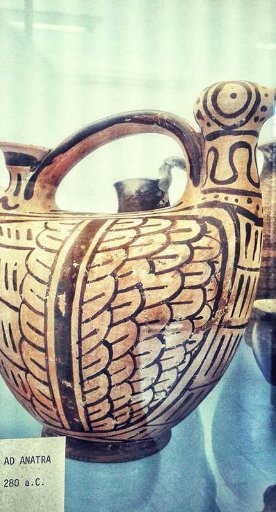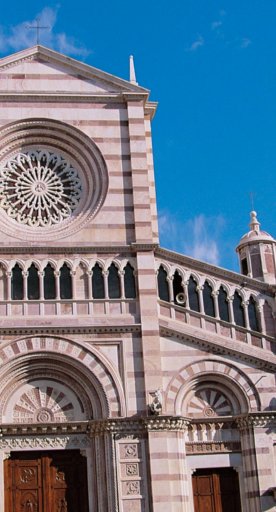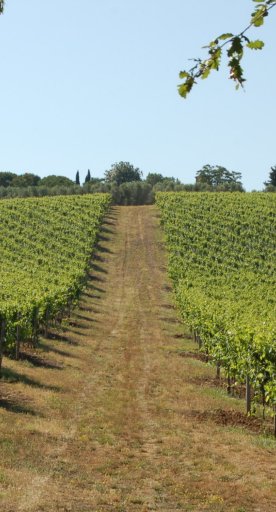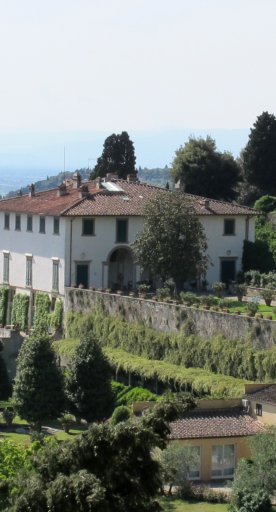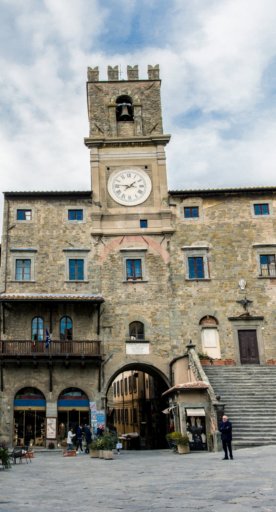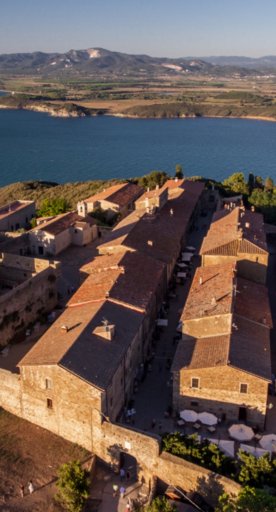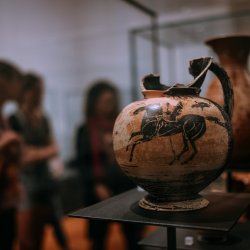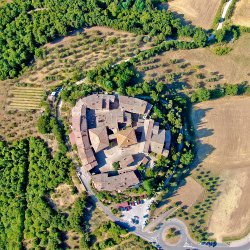The Etruscans have always been considered a mysterious people, partly because of their unknown origin, partly because of certain differences with other ancient civilisations such as the ancient Romans and Greeks, and certainly also because of their fascination with the divinatory arts and afterlife.
Tuscany was part of the fertile and rich region known as Etruria, a land that still preserves the precious legacies of the Etruscan population.
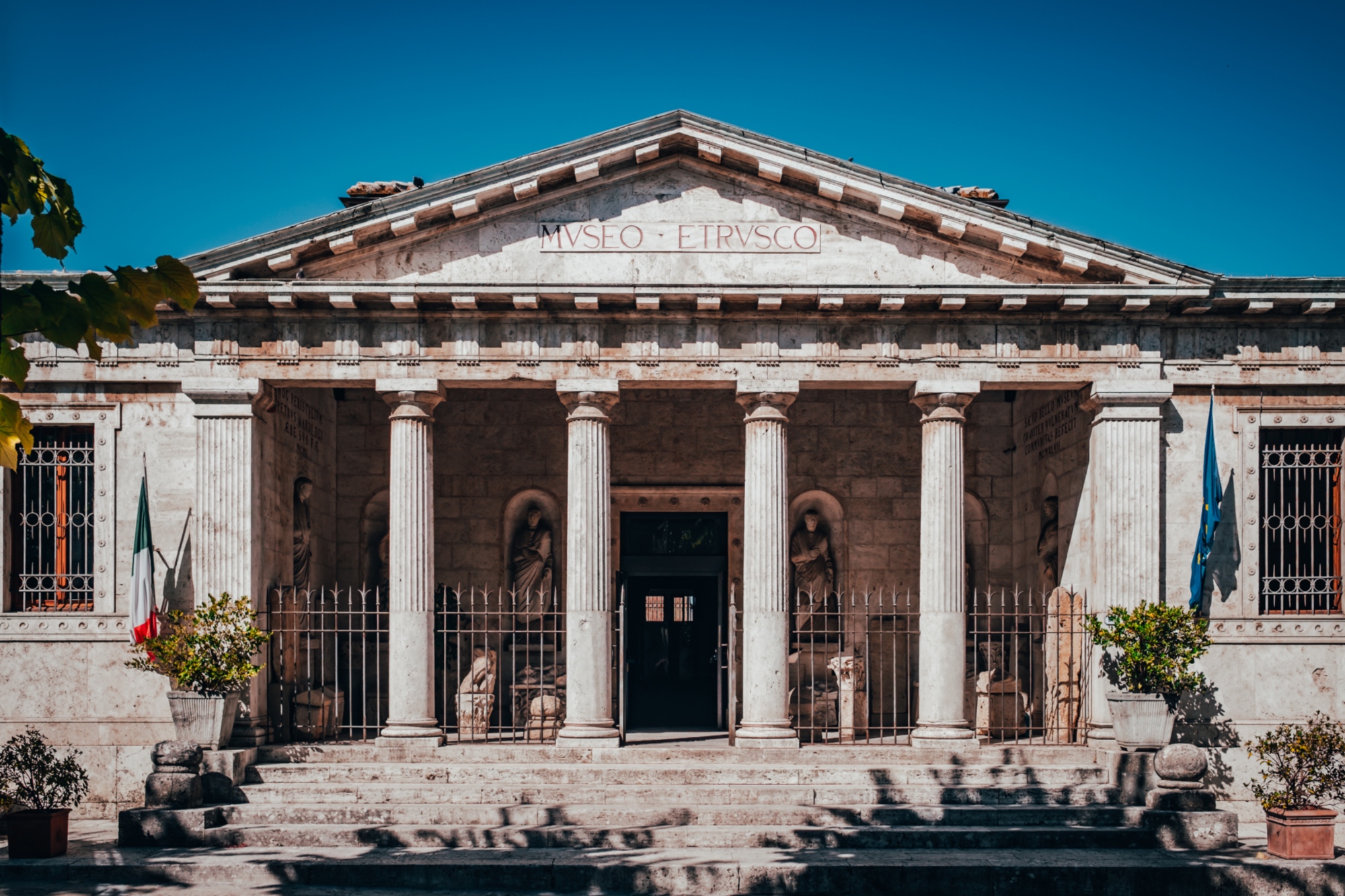
For example, the Etruscans succeeded in transforming apparently immutable materials such as stone, as demonstrated by the incredible shapes they imprinted on tufa or the delicate features that mark their alabaster creations. The Etruscans also knew how to make the most of already fertile soil through skilful farming techniques. It is no coincidence that the Val di Chiana area is known as the granary of Etruria, and certain products such as oil and wine, so beloved in our region today, are said to have been abundant even in the meals of these historic inhabitants. The mineral deposits, which yielded alum, silver, iron and copper, especially on the island of Elba, were also fruitful.
Tuscany was home to many of the Etruscan city-states, some of which historians have grouped together under the name Dodecapolis. Arezzo, Chiusi, Chianciano Terme, Cortona, Fiesole, Volterra and Populonia, but also Roselle, Vetulonia and the fascinating Pitigliano and Sorano: it is here that some of the most important Etruscan finds have been unearthed, including the acropolis with the remains of temples, together with urns, grave goods, and very large city walls.
The ancient bond between the land and the Etruscan people is evident in the numerous Tuscan areas devoted to food and wine and the excellent local products such as wine, oil and wheat, dotted with archaeological sites.
From Chianti to Montalbano, from the Val di Chiana to the Maremma, precious Etruscan artefacts have been found among the vineyards, crops and olive groves of Barberino Tavarnelle, Montepulciano, Scansano and Gavorrano and are often preserved in the museums that enrich the historical hearts of these splendid hamlets.
There is much evidence that speaks of an independent people, where women played an important role in society and in which the afterlife was of great interest, so much so that almost all Etruscan artistic production was destined for funerary complexes that were enriched with frescoes, such as the one in the tomb of the Infernal Chariot in Sarteano, with works of fine jewellery, bronze statues, and with variously decorated and painted pottery. Many of these objects of great value and fascination have survived to this day, such as the statuettes from the Lake of Idols, preserved in the archaeological museum of Casentino, the Shadow of the Evening of Volterra and the Shadow of San Gimignano, the 'Cappellone' of Murlo, the sumptuous Etruscan Chandelier preserved at the MAEC in Cortona, to name but a few.
Etruscan priests were extremely interested in what the future stored and many rituals were dedicated to this. Some aspects of our present, on the other hand, suggest that the Etruscans have never left: the aspirated 'c's and in certain consonants pronounced by Tuscans in a specific way, could be where the Etruscan spirit, which still never ceases to enchant, is hidden.












